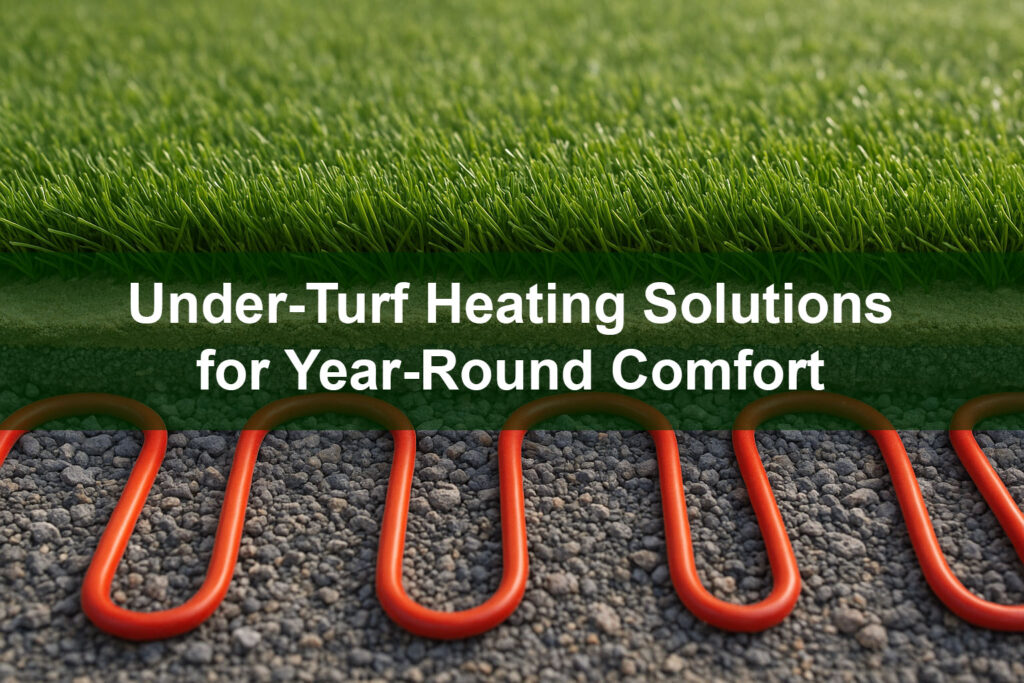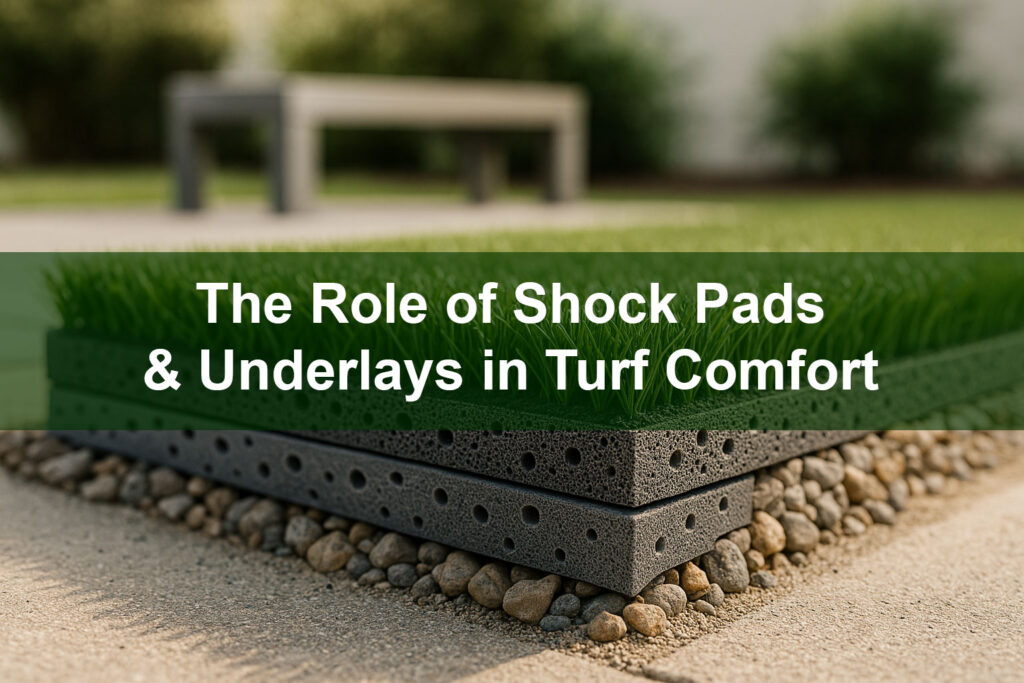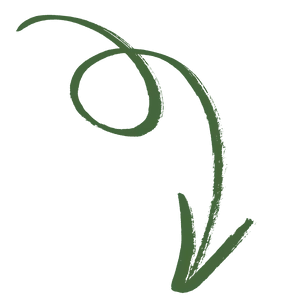Smart Maintenance: Automated Cleaning Systems for Synthetic Turf
As synthetic turf becomes ubiquitous in residential lawns, commercial landscapes, and sports facilities, maintaining cleanliness and performance can be labor-intensive. Automated cleaning systems leverage robotics, IoT sensors, and precision cleaning technologies to keep artificial grass pristine with minimal human intervention. This comprehensive guide explores the types, benefits, installation considerations, and best practices for integrating automated maintenance into your turf care routine.
What You’ll Learn in This Guide:
- Advantages of automation for turf care
- Types of automated cleaning systems
- Key features: sensors, brushes, and disinfecting modules
- Integration with irrigation and weather data
- Installation and power requirements
- Routine monitoring and performance metrics
- Cost comparison vs. manual maintenance
- Case studies: residential, commercial, and sports use
1. Why Choose Automated Cleaning?
Manual turf cleaning—sweeping debris, flushing spills, brushing fibers—requires regular labor. Automated systems offer:
- Consistency: Scheduled cleanings ensure no missed spots or extended dirt buildup.
- Labor savings: Frees staff or homeowners from repetitive tasks.
- Data-driven: Sensors trigger cleanings based on debris levels, UV exposure, or humidity.
2. Types of Automated Cleaning Systems
There are three primary categories:
2.1 Robotic Sweepers
Self-propelled robots equipped with rotating brushes and vacuums. They follow GPS or boundary wires, collecting leaves, twigs, and small debris.
2.2 Pressure-Flushing Systems
Fixed nozzles under the turf perimeter or robotic sprinklers. They apply high-pressure water jets to dislodge dust, pollen, and pet residues into drainage channels.
2.3 UV-Disinfection Units
Integrated UV-C emitters or mobile UV robots that sanitize infill and fiber surfaces, reducing mold, mildew, and bacteria without chemicals.
3. Core Features to Consider
- Debris sensors: Optical or weight-based sensors detect surface buildup and trigger sweepers.
- Moisture monitoring: Hygrometers assess infill moisture to prevent mold growth and odor.
- Brush design: Adjustable-speed brushes for different pile heights and debris types.
- Integration capability: Connects to smart home or facility management platforms.
4. Installation & Power Requirements
Most robotic units charge via docking stations connected to standard outlets. Pressure-flushing systems need a water supply and pump (12–24 VDC). UV units require safe enclosures and interlocks. Plan for:
- Dedicated circuits: Ground-fault protection for outdoor chargers.
- Water hookups: Frost-proof valves and backflow preventers.
- Mounting points: Secure nozzles and sensor arrays to landscape edges.
5. Integrating Weather & Usage Data
Advanced systems leverage API feeds from weather stations to avoid unnecessary water use on rainy days. Facility sensors track foot traffic via infrared counters, adjusting maintenance frequency in high-use zones.
6. Monitoring Performance & ROI
Dashboards display cleaning cycles, debris volumes collected, and disinfection logs. Compare labor hours saved versus system costs. Typical payback periods range from 2–5 years in commercial settings.
7. Case Study: Homeowners & Commercial Sites
Residential Example
A suburban homeowner installed a robotic sweeper paired with a UV module—reducing manual yard cleanup by 90% and eliminating pet odors. Upfront cost: \$2,500; annual maintenance: \$150.
Commercial Example
A sports complex integrated pressure-flushing lines and IoT sensors—automating field rinses after events. Staff time decreased by 30 hours/month, boosting field availability.
8. Maintenance Best Practices
To ensure reliability:
- Check brush wear monthly and replace blades annually.
- Clean docking station contacts and UV lamp covers quarterly.
- Test sensor calibration after winter or maintenance events.
- Document cleaning logs and system alerts for warranty compliance.
Embrace Smart Turf Care Today
Contact Buy-Grass for automated cleaning solutions and expert installation services.







